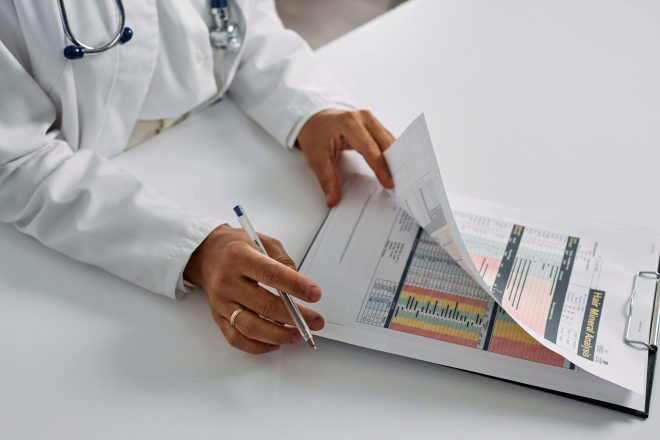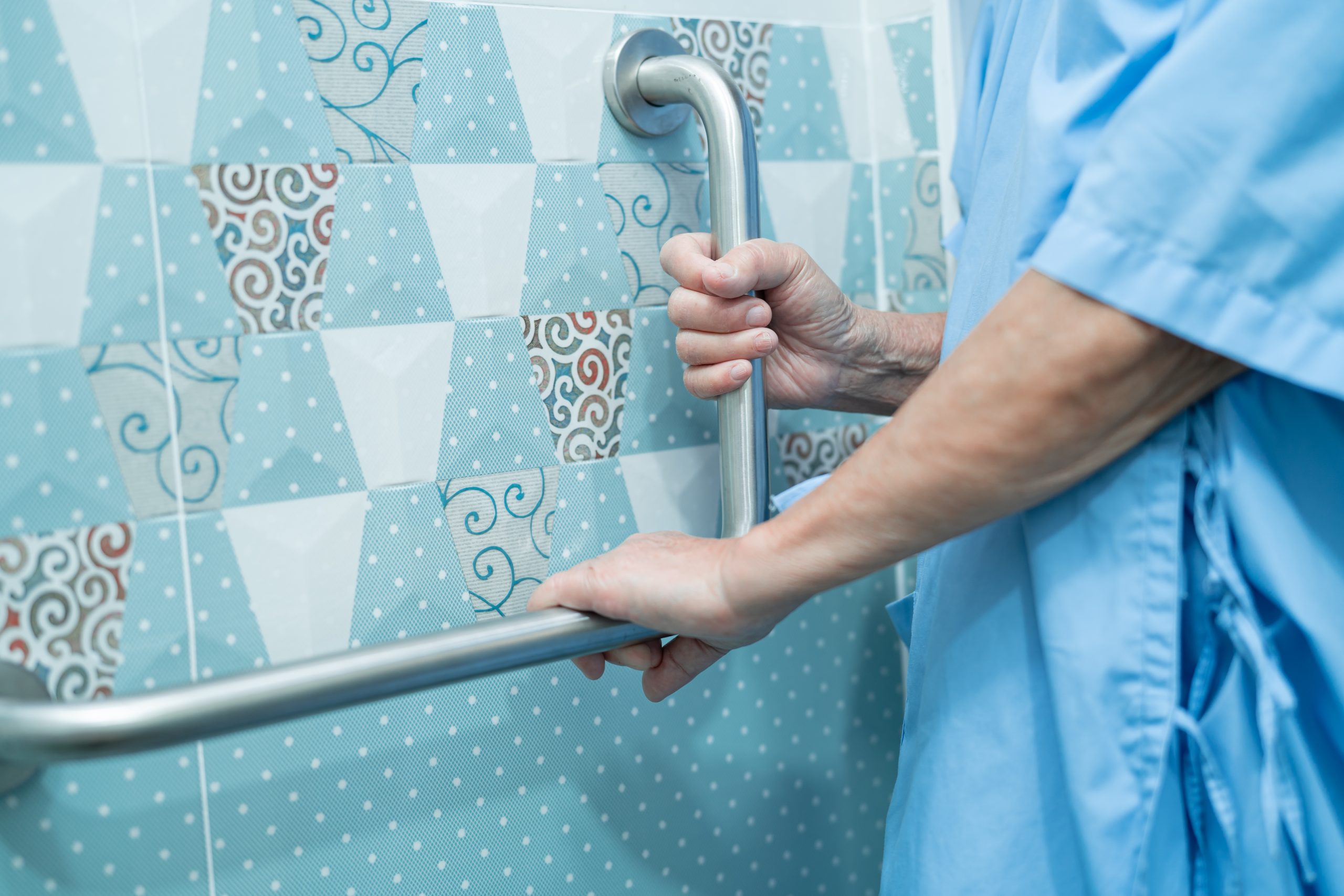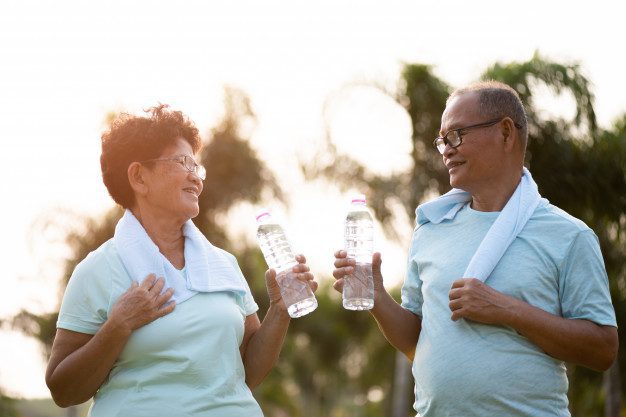No products in the cart.

INCONTINENCE: WHAT IS IT?
Incontinence may sound familiar to many, but new to some. Although it is not as lethal or complicated as other medical conditions, one should not turn a deaf ear as incontinence also imposes implications that you should take note of.
Reports show that women, especially elderly women are more prone to incontinence. Studies have cited that women’s greater possibility to diagnose incontinence is closely related to women-only life events such as pregnancy, menopause and childbirth. On a different note, bear in mind that incontinence is also closely associated with age, which means older people are at greater risk to face incontinence.
If you think having incontinence or having to take care of someone with incontinence is the end of the world, fret not, as things are not as bad as you think. In this article, Elder Elite will give you a comprehensive overview of incontinence, deliberating its causes, types and things you should take note of, to make your life easier.
You can’t possibly cook a dish if you don’t know the ingredients. So, let’s quickly walk you through on what incontinence is. Commonly known as leaking urine by accident, incontinence occurs when muscles in and around the bladder don’t function the way they should be. In layman terms, incontinence is an involuntary loss of control over one’s urine, or sometimes even faeces.

CAUSES OF INCONTINENCE
Medical professionals will tell you that incontinence occurs due to a list of different reasons, and they are right. Although we can’t give you a full list of its causes, we’ve managed to sum it up to the following reasons. Amongst the common ones are:-
(1) Weak or damaged bladder muscles
Experiencing weakened bladder muscle is very normal as we age. At times, this may also be caused by childbirth, especially if a vaginal delivery was performed. Surgeries such as hysterectomy may also damage bladder muscles, which all potentially leads to incontinence.
(2) Lifestyle habits / choices
Excessive alcohol, caffeine, sparkling or carbonated beverages, chili etc may result in contraction of your detrusor muscles, leading to an overactive bladder (OAB) that require you to visit the toilet more than usual.
(3) Medical complications / Physical condition
Diseases such as Parkinson’s, Urinary Tract Infections (UTIs), diabetes, stroke or multiple sclerosis are also factors that may contribute to incontinence.
Of course, the causes of incontinence goes way beyond this short list. On the other hand, many people also tend to associate the cause of incontinence according to its types, which are as follows:

TYPES OF INCONTINENCE
(1) Stress Incontinence
Stress incontinence occurs when urine is leaked out involuntarily due to the pressure exerted on bladder. It may happen when you are working out, sneezing, coughing or laughing. Stress incontinence is the most common type of incontinence among all.
(2) Urge Incontinence
This type of incontinence is also regarded as OAB. People facing urge incontinence may feel a sudden need to go to the toilet despite not having a full bladder, and often cannot hold their urine long enough to reach the toilet in time. People diagnosed with Alzheimer’s disease, Parkinson’s disease, stroke or even diabetes may face this issue.
On another hand, childbirth, pregnancy, menopause and pelvic trauma are also amongst the common causes of urge incontinence among women.
(3) Mixed Incontinence
As the name suggests, mixed incontinence is a combination of stress incontinence and urge incontinence. If you display symptoms or signals of the two, it is most likely mixed incontinence that you’re dealing with.

(4) Overflow Incontinence
Under certain circumstances, some people may encounter problems completely voiding or emptying their bladder, which then leads to frequent dribble of urine. It is believed that overflow incontinence tend to happen among men who are facing prostate problems
(5) Functional Incontinence
This type of incontinence is rather different from the rest as it not related or associated with any pathology or dysfunction in one’s urinary system. It is caused by external factors such as physical limitation, immobility, etc.
(6) Reflex Incontinence
This type of incontinence typically occurs under the situation where your bladder is filled with urine, and an involuntary reflex causes the muscles to contract and release urine. It is also seen as a result of neurological impairment and may happen without warning.
I HAVE INCONTINENCE / I AM TAKING CARE OF SOMEONE WITH INCONTINENCE: WHAT SHOULD I DO?
Treatment of incontinence would vary according to the severity, an individual’s physical health, medical condition and etc. Your healthcare provider should suggest you the type of treatment that is best suited for your health condition and lifestyle, after having done a thorough assessment. On this note, we know that this article may be a little overwhelming or hard to decipher, and that is why we strongly suggest you consult your doctor for professional medical advice, before deciding on your next course of action.
Meanwhile, there is no need to be shy or embarrassed if you’re having incontinence. It is perfectly normal to feel frustrated, angry or even upset but it should not stop you from leading your life as you wish.
Here are some treatment / methods to better manage incontinence:
(1) Behavioral Techniques / Change:
In your doctor’s visit, you may come across their suggestions in altering certain lifestyle habits. They may tell you to practice:
Fluid and diet management
You may be advised to reduce alcohol, acidic food or caffeine intake to regain control over your bladders.
Fixing a toilet schedule
As opposed to visiting the toilet when you feel the urge to urinate, this method advises you to urinate in the interval of every two to four hours.
Bladder training
In simple words, this training is basically holding back your urine when you feel the urge to urinate. Your are advised to hold back for approximately 10 minutes each time, ultimately only visiting the toilet every 2.5 hours to 3 hours.

(2) Absorbent / Incontinence Products:
There is a galore of absorbent products available in the market for incontinent patients, such as adult diapers, underpants, pads and etc. As the name suggests, these products have good absorption power to absorb urine leakage and protect one’s skin from irritation. Our faces require delicate skin care and so does our private areas. Above all, incontinent products keep one’s clothes dry and allow one to have liberty to his or her movements.
If you’re a caregiver who is tasked to change for a patient with incontinence, then we’d recommend you pick the diapers, simply because it makes changing and managing a lot of easier. On the other hand, if you have incontinence yourself but still possess mobility and movement independence, then we strongly recommend you to pick the underpants / pullups over the diapers, because it provides the dignity resembling a regular underwear.
The bottomline is that the user needs to feel comfortable and confident in whatever preference that is made. As an expert championing for quality senior care in Malaysia, check out Elder Elite’s recommendations for incontinent products here.

(3) Pelvic Floor Exercises
You may have read this somewhere on the Internet, and just in case you didn’t know, Pelvic Floor Exercises are also known as Kegel exercises. You are advised to do these exercises frequently to have a better control over urination as they help strengthen your muscles.
Kegel exercise begins by lifting, holding and then relaxing your pelvic floor muscles. However, you would need to identify the right muscles to use to execute this exercise properly. Consult your doctor for in-depth steps / advises.
When you’re doing Kegel exercises, remember to start small, which means 5 seconds is a rather good start. You can aim to do 3 sets per day, 10 repetitions each set.
We’re utterly surprised If you made it this far in this blog! Nonetheless, we hope this blog has given you a better apprehension and clarity to some on your concerns pertaining incontinence. Having incontinence may be parts and parcel of life and a normal process as we age, but it should not restrict you from living your life to the fullest.
If you would like to speak to a Doctor, but have no one to reach out to, feel free to talk to Elder Elite’s panel of medical professionals.
Disclaimer: This blog has been fact-checked by Elder Elite’s panel of medical professionals and is accurate at the time this article is published. This article is meant for educational purposes and we strongly suggest you to consult your medical personnel(s) before making any decisions.
/ends


